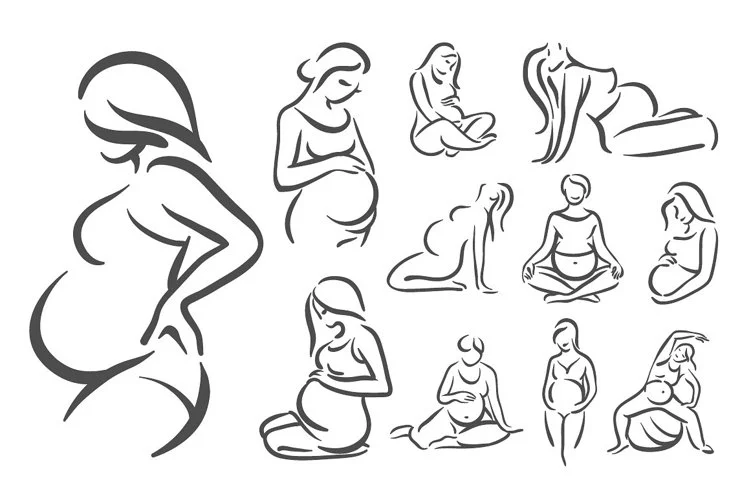If you’re active on social media in the U.S., you can’t escape the buzz surrounding National Breastfeeding Month. Images of mothers breastfeeding are omnipresent—on feeds and timelines everywhere.
Let me be clear: I chose not to breastfeed my three children. It wasn’t due to inability or failure, but simply because it wasn’t the right fit for me. I hold deep respect for those who do breastfeed. It’s a significant physical and emotional commitment, especially after carrying a baby for nine months.
What puzzles me, however, is the necessity of dedicating an entire month to breastfeeding awareness and promotion online. Is this really something that needs highlighting? I genuinely wonder, because I think most people in developed nations understand that breastfeeding is generally considered the best option for infants. It raises a question: Is this month more about showcasing breastfeeding mothers and their journeys rather than genuinely educating others about its benefits? I mean, what mother in the U.S. hasn’t heard that “breast is best”? And if someone’s missed that memo, are they even keeping up with the online discourse?
I also recognize that breastfeeding mothers often face criticism for nursing in public. It confounds me why anyone would take offense at such a natural act. Unfortunately, we live in a world where some folks seem to believe that public spaces should cater only to their preferences.
So yes, I understand the importance of normalizing breastfeeding and doing so openly. But why the need for a month solely devoted to this cause while other feeding choices remain unrecognized? Mothers choosing formula or other methods deserve support and acknowledgment too.
It seems that National Breastfeeding Month, which started as a supportive initiative, has morphed into a subtle shaming game—not only for mothers who don’t breastfeed but also for those who struggle with it. The pressure on mothers is already immense, and an entire month of idealized breastfeeding stories can do more harm than good. What about the mother who’s tried endlessly to get her baby to latch or the one grappling with painful nursing? How does showcasing effortless breastfeeding help those who are struggling?
And let’s not forget the women who, for various reasons, cannot or choose not to breastfeed. We’re all aware that breastfeeding is beneficial. We’ve heard it countless times, and many of us have made informed decisions about how to nourish our children.
But what about mothers living in poverty? While it’s true that they may be less likely to breastfeed, is posting breastfeeding images on social media truly the solution? How does that help a woman without access to the internet or resources? Unless we’re actively providing support or resources to these mothers, we’re not addressing the real issue.
It’s essential to recognize that formula feeding is a valid and FDA-approved way to nourish infants. There are countless healthy adults who were bottle-fed. The real concern is infant mortality due to inadequate nutrition, not the method of feeding per se. The stigma surrounding formula feeding can lead some mothers to forgo it entirely, risking their baby’s well-being.
The intent behind National Breastfeeding Month is commendable; supporting women is vital. However, the execution needs reevaluation. It’s become a competition, creating division between breastfeeding and formula-feeding mothers. The unrealistic portrayals of breastfeeding in the media can lead to unnecessary comparisons and guilt among mothers.
Instead of marginalizing women based on their choices, why not celebrate all healthy feeding methods? Perhaps we should consider establishing a National I Feed My Baby Month, where we emphasize the importance of nourishing infants, regardless of the method.
At the end of the day, isn’t that what truly matters? Healthy babies being fed by their mothers? If not, it certainly should be.
For more insights into different feeding methods and options, check out this blog post on intracervical insemination. For those considering at-home insemination, Make A Mom offers reliable syringe kits. Additionally, for comprehensive information on intrauterine insemination, visit the Cleveland Clinic.

Leave a Reply